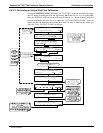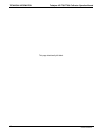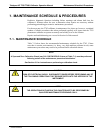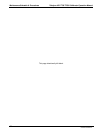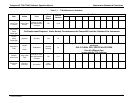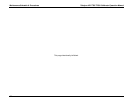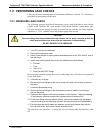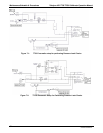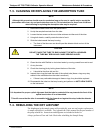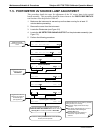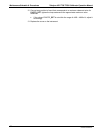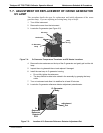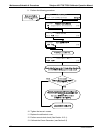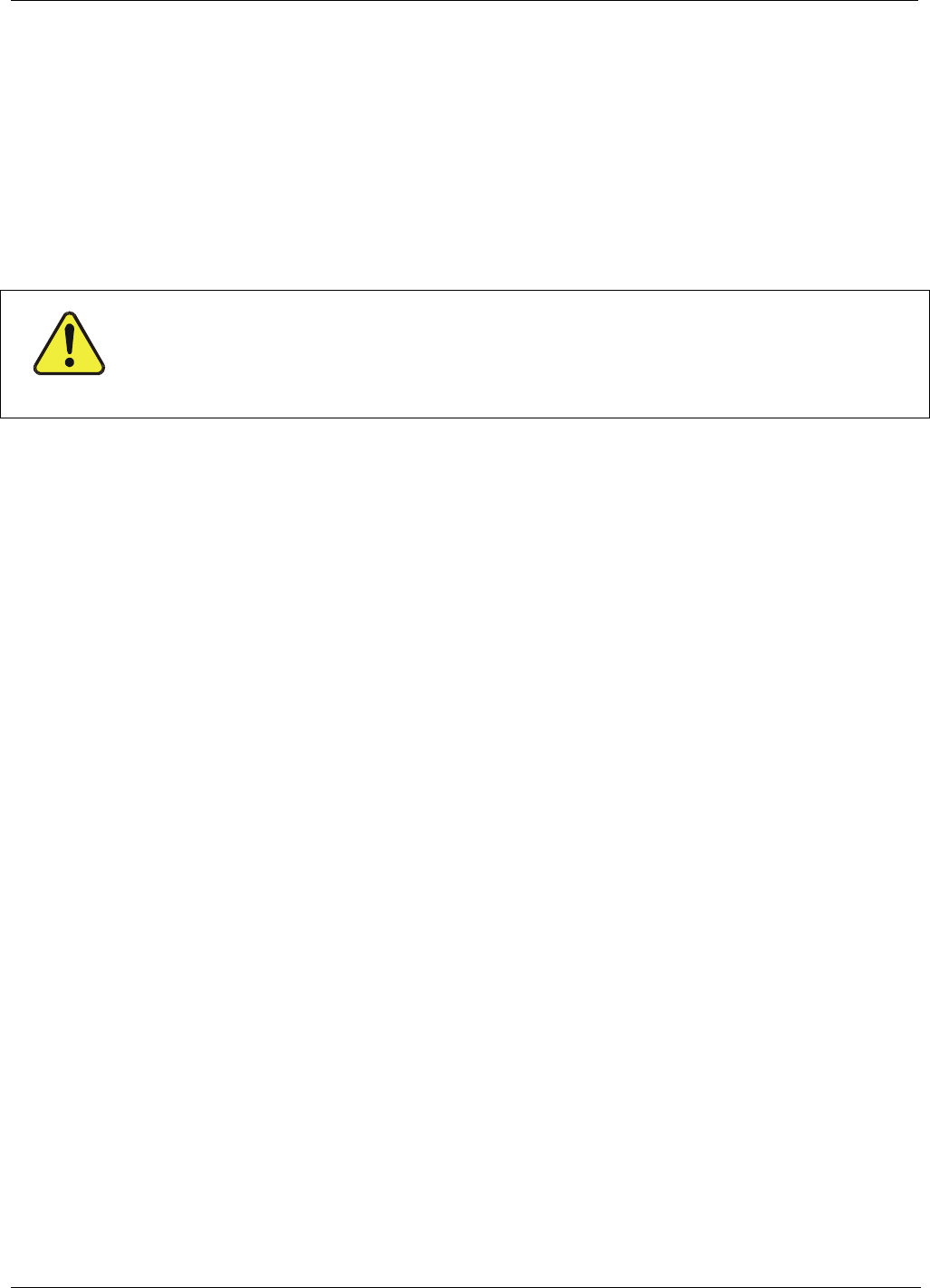
Teledyne API T703/T703U Calibrator Operation Manual Maintenance Schedule & Procedures
153
7.2. PERFORMING LEAK CHECKS
Leaks are the most common cause of instrument malfunction; Section 7.2.1 describes a
procedure for performing a leak check.
7.2.1. PRESSURE LEAK CHECK
The following pressure leak check instructions can be used with either a leak checker
(similar to the Teledyne API’s part number 01960, which contains a small pump, shut-
off valve and pressure gauge) or a tank of pressurized gas, with the two-stage regulator
adjusted to ≤ 15 psi, a shutoff valve and pressure gauge may be used.
CAUTION
Once the fittings have been wetted with soap solution, do not apply a vacuum as this will
cause soap solution to be drawn into the instrument, contaminating it.
DO NOT EXCEED 15 PSI PRESSURE.
1. Turn OFF power to the calibrator.
2. Remove the instrument cover
3. Install a leak checker or tank of gas as described above on the “DRY AIR IN” port at
the rear panel.
4. Install caps on the Internal Vent and on the following rear panel fittings:
Exhaust
Vent
Zero Air In
Both CALGAS OUT fittings
Due to normal internal leakage that occurs with pumps, they will need to be bypassed
for the leak check:
5. Locate the dry air pump.
6. Disconnect the two fittings on the dry air pump and install a union fitting in place of
the pump.
7. Locate the photometer pump.
8. Disconnect the two fittings on the photometer pump and install a union fitting in
place of the pump.
9. Pressurize the calibrator with the leak checker or with the tank – without exceeding
15 psi pressure, allowing enough time to pressurize the instrument fully.
10. Check each fitting with soap bubble solution, and look for bubbles (do not reapply
vacuum as doing so will draw soap solution into the instrument and contaminate it).
11. Once the leak has been located and repaired, remove any residual soap solution
from the instrument interior with a clean, absorbent cloth.
The leak-down rate should be < 1 in-Hg (0.4 psi) in 5 minutes after the pressure is shut
off.
07223C DCN6572



